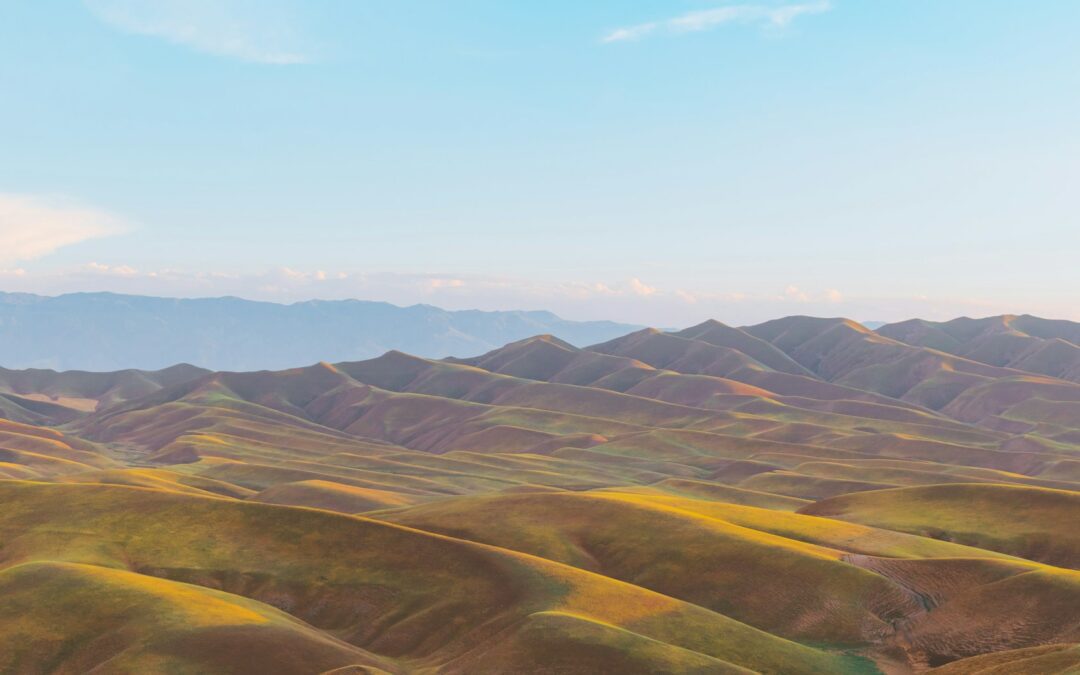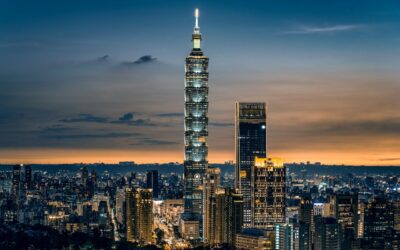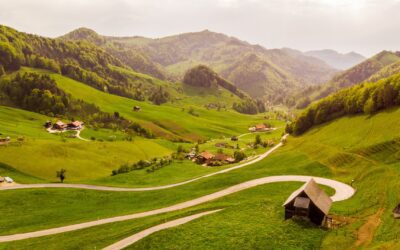|
|
Many digital nomads and adventurous travelers want to be at the cliff’s edge when it comes to travel and discover new places that aren’t already well-established on the tourist trail.
This often means traveling to regions of the world where visas can be challenging to obtain, tourist infrastructure is limited, and you can’t expect to get around easily just by speaking English and paying with your international credit card. It can mean visiting countries that only allow tourists to travel as part of authorized tours.
But few people who have taken the risk and made the investment to visit these isolated countries have been disappointed. Discovering these hard-to-reach parts of the world can be a truly transformative experience.
So, what are some of the most difficult places in the world to visit, and why should you consider visiting them? Here is our list of eight of the most difficult countries to visit, and some of the wonders you can expect to discover there if you make it.
Bhutan
The Himalayan country of Bhutan shares many of the treasures of Nepal and Tibet but is even more difficult to visit than Tibet (which requires a Chinese visa and a special Tibetan visa that can only be obtained from inside China) because it is a highly disputed area. Visitors have only been welcomed since 1974.
All foreign visitors must book package tours through approved providers and must pay a daily fee of US$250 to contribute to the protection of Bhutan’s natural and historical landscape. It is also almost impossible to visit on your own because of the limited infrastructure.
But once in Bhutan you will find incredible mountain walking trails that take you to hundreds of historic sites, wildlife sanctuaries, and local communities. Discover the Taktsang Palphug Monastery, which clings to the side of a cliff, the stung Paro rice paddies, traditional hot stone baths, amazing spicy food, a surprising penchant for karaoke, and a country that measures gross national happiness rather than GDP.
Democratic Republic of Congo
The Congo is known to be an area with rich natural resources, but the Democratic Republic of Congo is politically unstable and economically underdeveloped. Guerilla military groups dominate the area, and very few visas are granted to foreigners.
Nevertheless, many people are drawn to the Congo to explore this incredible pocket of unspoiled nature. It has massive rainforests, swamps, grasslands, waterfalls, and lagoons that are the natural habitats of engendered animals such as gorillas, bonobo pygmy chimps, okapi, Congolese peafowl, and more.
The culture is also fascinating, with more than 200 distinct ethnic groups and an incredible variety of music, dance, art, and cuisine to discover. There are also the ancient Kasubi Tombs of the Baganda Kings.
Eritrea
Eritrea is located on the Horn of Africa along the Red Sea Coast. It is bordered by Sudan, Ethiopia, and the tiny nation of Djibouti, and faces Yemen and Saudi Arabia across the Red Sea.
Eritrea is one of the least developed countries in the world and is governed by an unelected one-party president. It is this government that grants the few visitors granted to outsiders. When foreigners arrive, they are restricted to a few areas and are monitored at security checkpoints.
Why would you want to visit? The capital Asmara is called “New Rome” and was built to reflect the famous Roman capital when Mussolini captured Eritrea. The entire Red Sea coastline is a protected national park. Filfil is the last surviving tropical forest that was part of the East African Green Belt. Qohaito is an archaeological site that is believed to have been built under the Queen of Sheba in 750 BC, and this is just one of many ancient sites to explore.
There are plenty of amazing treasures to discover if you can cross the Eritrean border.
Iran
Security issues and strict visa rules make Iran a challenging place to visit for most people, especially Americans and Britons. Only around 1000-2000 visas are granted annually, and usually to visit family and friends rather than as a tourist. When you do arrive, you must be accompanied by an authorized guide.
But Iran is worth exploring for a truly authentic and different experience that mixes ancient tradition with unexpected modernity. The country has a rich history to discover, with palaces and monuments dating from the Achaemenid Empire to the Qajar dynasty. It is also a safe and friendly place to visit as long as you respect the local customs.
Kiribati
Kiribati is a group of isolated Pacific islands between Hawaii and French Polynesia. It is also the first country on the international date line. But being so remote, it is incredibly difficult (and expensive) to get to and there are very few facilities for visitors. The islands are a cluster of 33 coral atolls that cover a huge ocean expanse of almost 3.5 million square kilometers, and only two islands have airports.
When you arrive, you will discover a fascinating local culture that has been thriving on the islands for at least 700 years, but you had best be proficient in the native tongue, Gilbertese, though some English is spoken as a former British colony.
Visit the traditional, densely packed villages on Banraeba Island, and visit deep rock depressions believed to be giant footprints. Discover unexpected World War II memorials, and visit the highest point on South Tarawa, which is just three meters above sea level. Drink palm wine, eat fresh fish, and discover what it truly means to live with limited technology (internet is often limited to local government stations).
North Korea
North Korea is called the Hermit Kingdom and is politically isolated from most of the world. Access to the country is restricted by the government, both to keep secret from the rest of the world what happens behind its borders and to avoid exposing its people to what it considers dangerous foreign influence.
When foreigners are allowed to enter the country, they must be booked with approved agencies that will offer official state-guided tours that show off the parts of the country the government wants the world to see.
But what is there that you would want to see? The capital Pyongyang is an incredible city. You will see Masu Hill, with statues of the great leader, and the Victorious Fatherland Revolutionary Museum, which shows the history of the Korean War from a North Korean perspective. Mangyongdae Children’s Palace might be the most spectacular school in the world creating a generation of extraordinary children.
Outside the city, there is Mount Myohyang and the Pohyon Temple, plus the 14th-century Tomb of Kongmin. A visit beyond the border is the only way to get a glimpse behind the new iron curtain. But be careful what you say and do, as tourists have been known to be arrested as spies.
Syria
Most people are looking for a way out of war-torn Syria rather than a way in. The beautiful country with a rich history has been embroiled in a terrible civil war since 2011. Most Western governments urge their citizens not to travel to Syria, and strict visa requirements are also a barrier. If you do decide to go, you risk getting caught up in terrorist attacks, kidnapped, and unjustly detained.
Why would anybody risk it? Much of Syria’s history and culture is being destroyed, so for many people, it is a case of now or never. It has sites dating back to the Paleolithic Era, which is why Syria is often called the Cradle of Civilization. Cities such as Damascus and Aleppo are important to the history of the Jewish, Christian, and Islamic worlds and have many important historical sites. It also has some of the world’s most impressive Roman ruins, including a 15,000-seat theatre built in the second century AD.
Many travelers also choose to head to Syria to truly understand the devastation being wrought, while a vibrant culture of art, souk, and excellent food continues to flourish.
Turkmenistan
Turkmenistan is another country that is very strict about granting visas, and you will need a letter of invitation from a local sponsor. If you aren’t staying with your local family, you will also need to book an authorized tour for the duration of your stay.
While there is little tourist infrastructure, there is a lot to see. With a Caspian Sea coastline and historical significance along the Silk Road, the capital city of Ashgabat shows layers of history from ancient times to Soviet occupation. Much of the country is covered by the Karakum Desert, which is sometimes described as the gates to hell, but is picturesque and popular for trekking, camel rides, and hot-air balloon trips.
There are also the ancient archaeological ruins at Merv, the great Ertugrul Gazi Mosque in Turkmenabat, known for its intricate tile work, the Krasnovodk and Cheleken reserves, and the ancient city of Nisa with ruins from the Parthian Empire.
Hard to Visit?
How hard a country is to visit often depends on where you are in the world and what kind of passport you hold. For example, while Americans struggle to visit Cuba, many people from the Middle East struggle to visit the United States. Difficulty is subjective and depends on where you are standing.
But should you visit somewhere just because it is hard to get to? It depends on why it is hard to get to. For example, if you are choosing somewhere because it is not a popular tourist destination and therefore remains “authentic”, it is important to remember, that by visiting, we can be contributing to undermining what we value. That doesn’t mean don’t visit, but it does mean that we must be conscious about how we visit.









